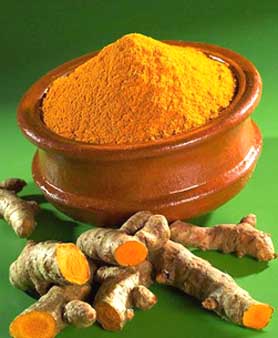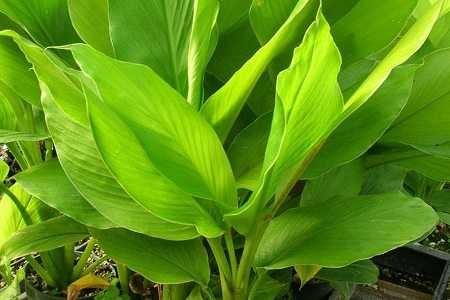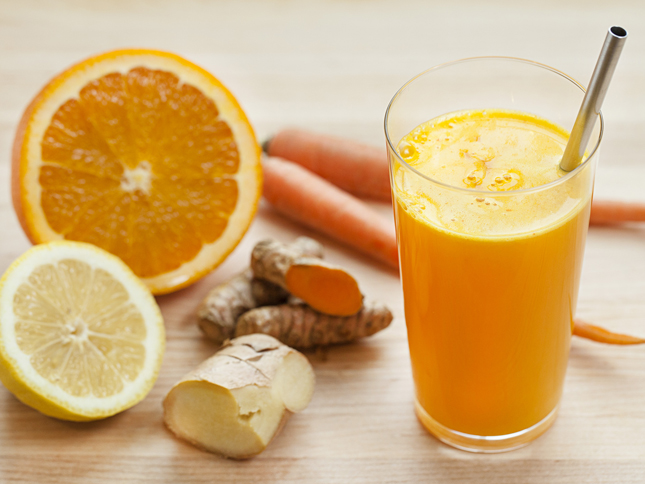Fluoride is found everywhere today, from antibiotics to drinking water, no stick pans to toothpaste, making exposure inevitable. All the more reason why new research proving this common spice can prevent fluoride damage is so promising!
Fluoride’s neurotoxicity has been the subject of academic debate for decades, and now a matter of increasingly impassioned controversy among the general public, as well. From ‘conspiracy theories’ about it being first used in drinking water in Russian and Nazi concentration camps to chemically lobotomize captives, to its now well-known IQ lowering properties, to its ability to enhance the calcification of the pineal gland – the traditional ‘seat of the soul’ – many around the world, and increasingly in the heavily fluoridated regions of the United States, are starting to organize at the local and statewide level to oust this ubiquitous toxicant from municipal drinking water.
Now, a new study published in the Pharmacognosy Magazine titled, “Curcumin attenuates neurotoxicity induced by fluoride: An in vivo evidence,” adds experimental support to the suspicion that fluoride is indeed a brain-damaging substance, also revealing that a natural spice-derived protective agent against the various health effects associated with this compound is available.
The study was authored by researchers from the Department of Zoology, University College of Science, M.L. Sukhadia University, Udaipur, India, who have spent the past decade investigating the mechanisms through which fluoride induces severe neurodegenerative changes in the mammalian brain, particularly in cells of the hippocampus and cerebral cortex.[i] [ii]
The study opens by describing the historical backdrop for concern about fluoride’s significant and wide ranging toxicity:
“Fluoride (F) is probably the first inorganic ion which drew attention of the scientific world for its toxic effects and now the F toxicity through drinking water is well-recognized as a global problem. Health effect reports on F exposure also include various cancers, adverse reproductive activities, cardiovascular, and neurological diseases.[1,2]“
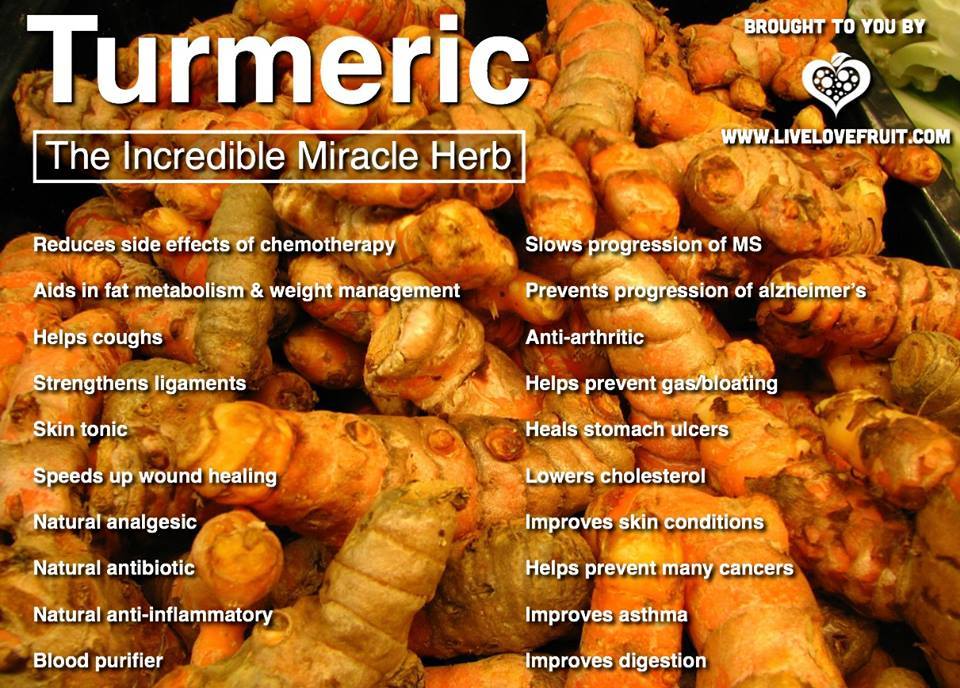
The study focused on fluoride induced neurotoxicity, identifying excitoxicity (stimulation of the neuron to the point of death) and oxidative stress as the two main drivers of neurodegeneration. It has been observed that subjects with the condition known as fluorosis, a mottling of tooth enamel caused by excessive exposure to fluoride during tooth development, also have neurodegenerative changes associated with a form of oxidative stress known as lipid peroxidation (rancidity). Excess lipid peroxidation in the brain can lead to a decrease in total brain phospholipid content. Owing to these well-known mechanisms of fluoride associated neurotoxicity and neurodegeneration, the researchers identified the primary polyphenol in the spice turmeric — known as curcumin – as an ideal agent worth testing as a neuroprotective substance. Previous research on curcumin indicates that it is capable of activing as an antioxidant in 3 distinct ways by protecting against: 1) singlet oxygen 2) hyrodxyl radicals and 3) superoxide radical damage. Also, curcumin appears to raise endogenous glutathione production in the brain, a major antioxidant defense system.
In order to assess the neurotoxic effects of fluoride and prove curcumin’s protective role against it, researchers randomly divided up mice into four groups, for 30 days:
- Control (no fluoride)
- Fluoride (120 ppm): fluoride was given in distilled water drinking water without restriction.
- Fluoride (120 ppm/30 mg/kg body weight) + Curcumin: Oral dose of curcumin dissolved in olive oil along with fluoride in drinking water
- Curcumin: (30 mg/kg body weight)
In order to ascertain the effect of treatment, the researchers measured the malondialdehyde (MDA) content in the brains of the different treated mice. MDA is a well-known marker of oxidative stress/damage.
As was expected, the fluoride (F) only treatment group showed significantly elevated MDA levels vs. the non-fluoride treated control. The F + Curcumin group saw reduced MDA levels vs. the fluoride only group, demonstrating curcumin’s neuroprotective activity against fluoride associated neurotoxicity.
The study concluded,
“Our study thus demonstrate that daily single dose of 120 ppm F result in highly significant increases in the LPO [lipid peroxidation, i.e. brain rancidity] as well as neurodegenerative changes in neuron cell bodies of selected hippocampal regions. Supplementation with curcumin significantly reduce the toxic effect of F to near normal level by augmenting the antioxidant defense through its scavenging property and provide an evidence of having therapeutic role against oxidative stress mediated neurodegeneration.”
Discussion
This is far from the first study to demonstrate curcumin’s remarkable brain-saving properties. From the perspective of the primary research alone, there are over two hundred peer-reviewed published studies indicating that curcumin is a neuroprotective agent. On our own turmeric database we have 115 articles proving this statement: Turmeric Protects The Brain. We have also featured studies on turmeric’s ability to protect and restore the brain:
- How Turmeric Can Save the Aging Brain From Dementia and Premature Death
- Turmeric Produces ‘Remarkable’ Recovery in Alzheimer’s Patients
Considering the many chemical insults we face on a daily basis in the post-industrial world, turmeric may very well be the world’s most important herb, with over 600 evidence-based healthapplications.
[i] Bhatnagar M, Rao P, Saxena A, Bhatnagar R, Meena P, Barbar S. Biochemical changes in brain and other tissues of young adult female mice from fluoride in their drinking water. Fluoride. 2006;39:280–4. [Ref list]
[ii] Bhatnagar M, Sukhwal P, Suhalka P, Jain A, Joshi C, Sharma D. Effects of fluoride in drinking water on NADPH-diaphorase neurons in the forebrain of mice: A possible mechanism of fluoride neurotoxicity. Fluoride. 2011;44:195–9. [Ref list]
Sayer Ji, GreenMedInfo
Waking Times
- It is a natural antiseptic and antibacterial agent, useful in disinfecting cuts and burns.
- When combined with cauliflower, it has shown to prevent prostate cancer and stop the growth of existing prostate cancer.
- Prevented breast cancer from spreading to the lungs in mice.
- It may prevent melanoma and cause existing melanoma cells to commit suicide.
- Reduces the risk of childhood leukemia.
- It’s a natural liver detoxifier.
- Turmeric may prevent and slow the progression of Alzheimer’s disease by removing amyloyd plaque buildup in the brain.
- It may prevent metastases from occurring in many different forms of cancer.
- It is a potent natural anti-inflammatory that works as well as many anti-inflammatory drugs but without the side effects.
- Has shown promise in slowing the progression of multiple sclerosis in mice.
- Is a natural painkiller and cox-2 inhibitor.
- May aid in fat metabolism and help in weight management.
- Has long been used in Chinese medicine as a treatment for depression.
- Because of its anti-inflammatory properties, it is a natural treatment for arthritis and rheumatoid arthritis.
- Boosts the effects of chemo drug paclitaxel and reduces its side effects.
- Promising studies are underway on the effects of turmeric on pancreatic cancer.
- Studies are ongoing in the positive effects of turmeric on multiple myeloma.
- Has been shown to stop the growth of new blood vessels in tumors.
- Speeds up wound healing and assists in remodeling of damaged skin.
- May help in the treatment of psoriasis and other inflammatory skin conditions.
- Curcumin seems to delay liver damage that can eventually lead to cirrhosis, according to preliminary experimental research at the Medical University Graz in Austria.
- Kansas State University research found that adding certain spices, including turmeric, can reduce the levels of heterocyclic amines — carcinogenic compounds that are formed when meats are barbecued, boiled or fried — by up to 40 percent.
- Rodent studies at the University of Texas indicate that curcumin inhibits the growth of a skin cancer, melanoma and also slows the spread of breast cancer into the lungs.
- Researchers from the University of South Dakota have found that pretreatment with curcumin makes cancer cells more vulnerable to chemo and radiotherapy.
- Epidemiologists have hypothesized that the turmeric that is part of daily curries eaten in India may help explain the low rate of Alzheimer’s disease in that country. Among people aged 70 to 79, the rate is less than one-quarter that of the United States. (Source: Dr. Andrew Weil)
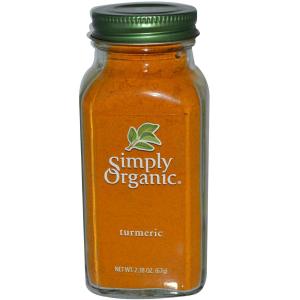
Disclaimer: This article is not intended to provide medical advice, diagnosis or treatment.
